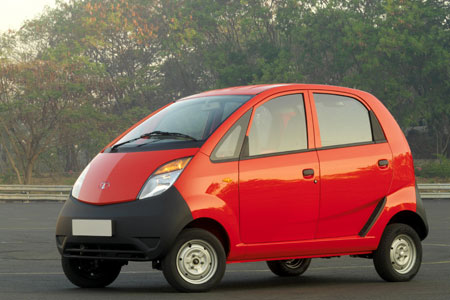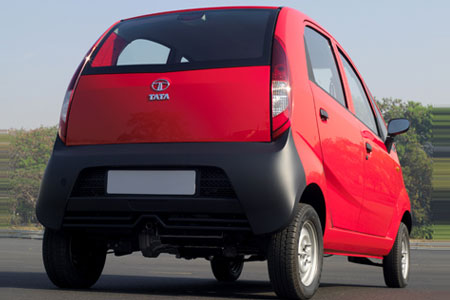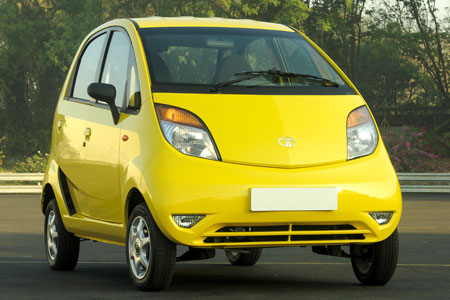I found it both shocking and amusing that Chennai Metro Rail (CMRL) has done little to make it easy for commuters at the Alandur station. As the following series of photos will show, suppose you arrive by a bus from the South to go to Koyambedu CMBT, it is impossible to cross the GST Road outside Alandur Station without taking a detour to the South for 300 metres, and use the old subway, that was built before the Metro was completed, and have a brief tussle with the traffic.
There is no clear path to the crossing point, and I am sure after dusk, it is poorly lit. The commuter has to struggle to find the way with no pointers to the subway either in the station or outside.
Older adults, children and the disabled are better-off not trying this crossing.

The road south from the Alandur Metro Station leading to the subway (in background). Photos: G. Ananthakrishnan
Note that there is no designated path to the subway, just walk through the traffic to the subway in the rear, centre.

At the subway entrance, the GST road is seen leading South, about 200 metres from the Alandur Metro station.
The subway plaque at right has the names of DMK leaders inscribed, making it all but certain that it will be ignored when the rival party is in power.

The view to the North: the subway leads to the footpath opposite the CMRL Alandur station. Photo: G. Ananthakrishnan
All public buildings are supposed to be friendly to the disabled according to a G.O. issued by the present AIADMK government, but this subway is not.

Closer to the rank of bus stops, the Chennai Metro Alandur station appears at right. Things could have been much simpler with a street-level crossing for pedestrians. Photo: G. Ananthakrishnan
And, here is a panoramic view of the Alandur Metro station with the bus bays on the opposite side, separated by a granite road divider.

Panoramic view of Alandur Chennai Metro Station on the right, the paver-block footpath outside, the GST Road and bus bays Northbound on the opposite side. No way to cross this point without walking some 300 metres.
While CMRL is trying to fix various things, it could look at these issues: Here is a tweet on how the autorickshaws are in no mood to ply by meter outside the Alandur station. You can see a couple of them waiting in the panorama picture. With some feeder bus competition, this situation could be avoided.
On the same topic, my own tweet shows that there is no easy bus link between Metro at Alandur and the Tambaram-Beach suburban railway at St. Thomas Mount. The tweet makes it clear that you have to depend on a public bus that runs once in 15 minutes, going by Google’s tracking of Chennai MTC operations.
Tamil Nadu’s capital city fares poorly on walking indices. Things may be improving, but too slowly. Read this piece for context.








You must be logged in to post a comment.